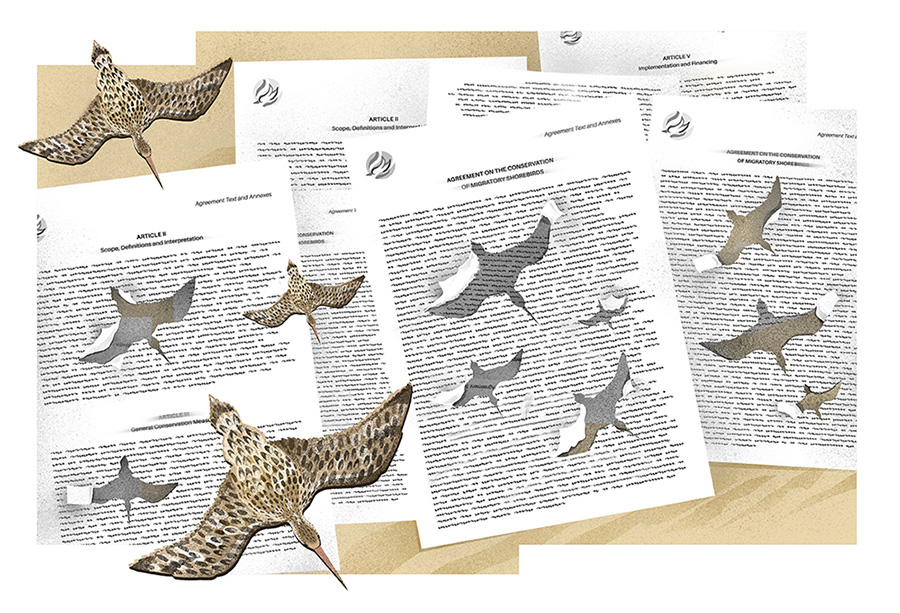Tigress Collarwali in Pench Tiger Reserve CC : Amrita Neelakantan
Tigers like to travel. So much so that in Central India—a hotspot for the fewer than 4,000 remaining wild tigers in the world—tiger populations have been able to move across the landscape to breed despite thousands of years of human presence throughout their habitat. We know this because tiger genetic research reveals a remarkably similar genetic makeup of individual animals from across this broad landscape. This genetic similarity indicates that individuals must be moving out of core population areas—usually tiger reserves or other protected areas—and traversing the complex mosaic landscape of agriculture, villages, and rapidly expanding infrastructure, to settle in a new area and breed with resident tigers there. In this way, tigers have maintained genetic connectivity despite the human pressures on the landscape.
Researchers and conservation groups have been working for many years to map the corridors that tigers travel through to stay connected, especially in recent decades, as the habitat is increasingly fragmented by highways, rails, mines, and other infrastructure for development. By knowing where tigers travel, we can work with local people and authorities to ensure that the habitat remains connected for tigers to traverse. After all, the tiger is undoubtedly not the only species—plant, animal, or microbe—depending on these areas.
Almost a decade of research into this topic resulted in incredible insights into our understanding of tiger connectivity in Central India. Researchers documented locations, movements, and more genetic material to map out important corridors. However, as frequently occurs in scientific endeavors, not all studies agreed on the areas of these corridors. Rather than allow this outcome to generate confusion—or worse, distrust—in the scientific community, a large group of researchers teamed up to analyze their studies together and produce a consensus map of important areas for tiger connectivity in central India.
The idea for this collaboration was hatched one cold night in January of 2019 in Melghat Tiger Reserve during the biannual symposium of the Network for Conserving Central India (NCCI). The Central Indian Landscape Symposium (CILS) had brought together researchers, conservationists from NGOs, and managers to exchange views on landscape connectivity. With hands cupped over steaming cups of chai, the shared purpose to keep the corridors from getting severed motivated a plan to combine efforts for a single map based on scientific consensus. By doing so, the scientific and conservation community could speak with one voice.
This collaborative effort revealed that while the individual studies did look quite different on the surface, they were much more similar than expected at first glance. In fact, out of the five studies analyzed, at least three agreed on 63 percent of the total study area. Furthermore, when we simulated movement using the results from each of the studies, they also largely agreed on areas of high potential movement, which allowed us to generate a new map layer we call “consensus connectivity areas (CCAs)”. This layer represents areas where all five studies agreed that there was high movement potential for tigers.
We then identified the public and private stakeholders in these lands using the CCA layer, revealing an extensive overlap with villages and with the expanding infrastructure network that spans Central India. This overlap highlights the importance of connecting with diverse audiences, from local communities to high-level government officials and infrastructure planners, to work together to benefit all species (including humans) that share this unique landscape.
Beyond tigers, this project provides a framework for other important biodiversity landscapes so that all parties can work together to preserve nature and livelihoods. And above all, we hope to demonstrate that collaboration is critical—for science, conservation, and humanity.
Further reading:
Schoen, J. M., A. Neelakantan, S. A. Cushman, T. Dutta, B. Habib, Y. V. Jhala, I. Mondal et al. 2022. Synthesizing habitat connectivity analyses of a globally important human-dominated tiger-conservation landscape. Conservation Biology 36(4): e13909. https://doi.org/10.1111/cobi.13909






